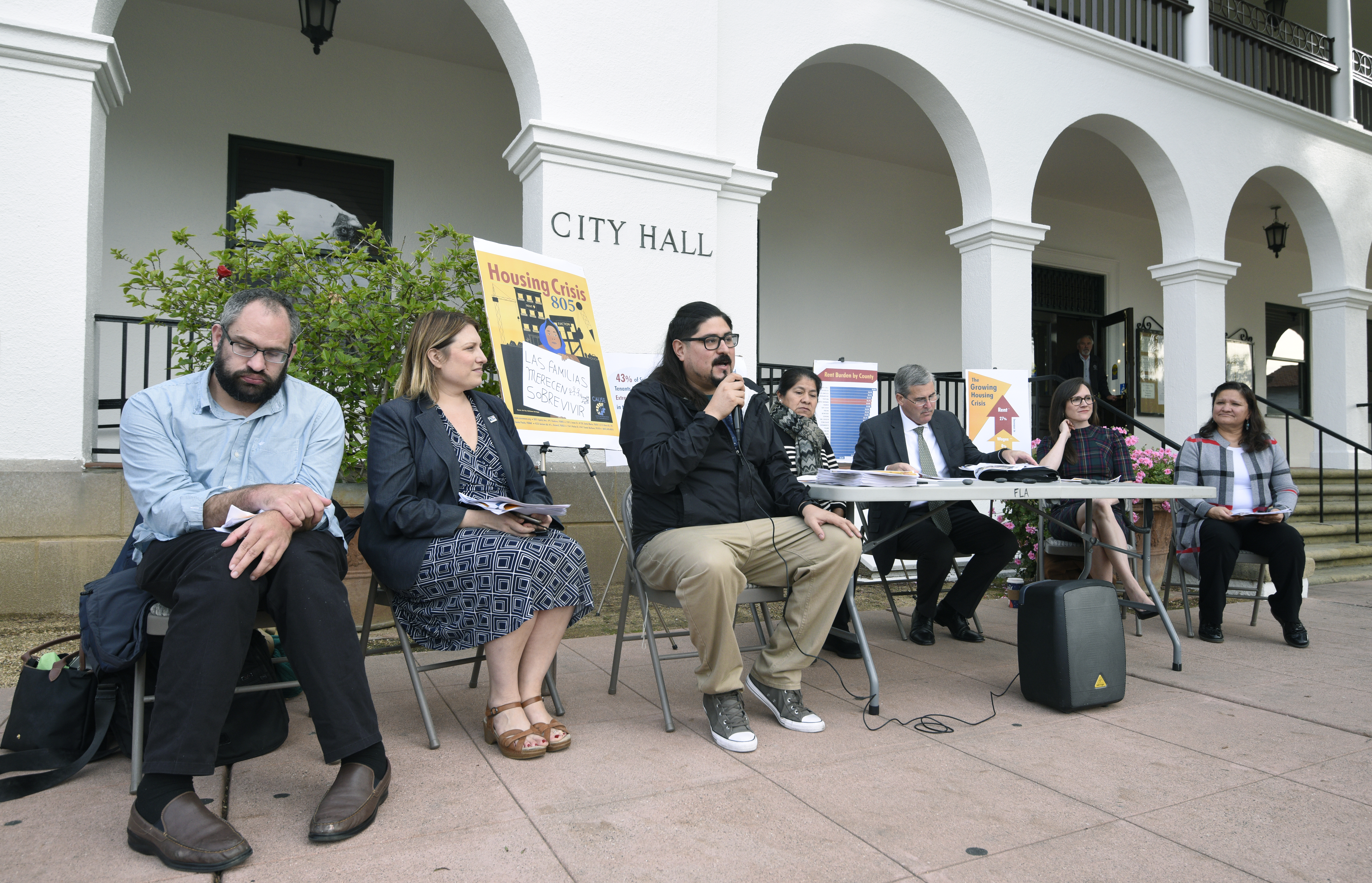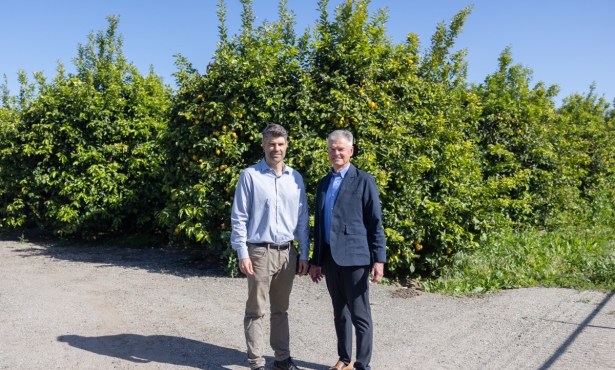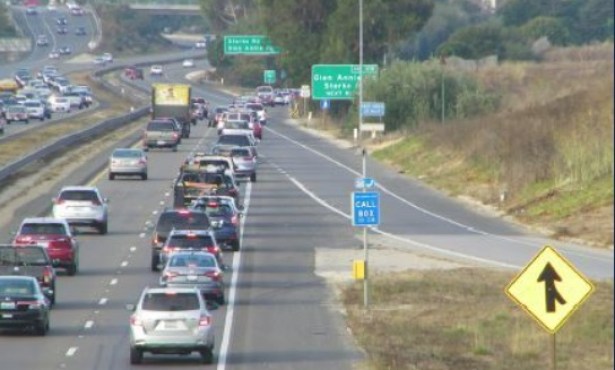New Report Details Housing Woes
Latino Tenants Disproportionately Feel Burden of South Coast’s Unforgiving Housing Market

Santa Barbarans are forever talking about the high cost of housing. On Tuesday morning, organizers with CAUSE (Central Coast Alliance United for a Sustainable Economy) — a tenants’ rights advocacy group that’s been bird-dogging the South Coast’s rental market for years — gathered in front of Santa Barbara’s City Hall and reported that 43 percent of the tenants they’d surveyed had experienced rent increases of $100 or more in the past five years. Likewise, the CAUSE report found that 15 percent of the tenants surveyed had been evicted in the same time period.
The report is based on 20-question interviews conducted with 590 tenants — mostly low-income Latino families — living in the five cities from Oxnard to Santa Maria. The punch line of the report was not merely how unforgiving the South Coast rental market is; it was the extent to which that burden is disproportionately felt by Latino families.
Santa Barbara renters, the report noted, are significantly more “cost-burdened” than homeowners. In Santa Barbara, 67 percent of homeowners are white, while 24 percent are Latino. Only 29 percent of homeowners, the report found, qualify as cost-burdened — meaning more than 30 percent of household income goes to housing — while 55 percent of Santa Barbara tenants fall into that category. In fact, CAUSE organizer Maricela Morales exclaimed, Santa Barbara County tenants have the dubious distinction of being the sixth most cost-burdened out of California’s 58 counties. “That’s something we don’t want to strive for,” Morales said in front of City Hall.
Based on statistics provided by Zillow, CAUSE found rents increased by 27 percent in the past five years while median wages increased by only 8 percent. Nearly 20 percent of survey-takers reported moving to another home, almost 10 percent to another city, and 14 percent to another family’s home. As many as 38 percent cut food or health costs. Nearly 80 percent reported experiencing significant habitability issues — pests, mold, and broken pipes being the most common. Only 43 percent said the issues were fixed by the landlord after being reported.
“This is a call to action,” said Morales. “Ultimately, words do not put a roof over our heads.”
Mandatory leases are necessary, she stated, as are just-cause eviction protections and routine habitability inspections. But more housing needs to be built, she added, especially for people on the low end of the pay scale. In the past several years, 2,677 new units of rental housing have been built or approved in the county targeting people making above moderate income; by contrast, she said, only 306 new units targeting very low-income tenants have been built.
Perhaps the most startling juxtaposition in the report was the number of vacant housing units compared to the number of homeless people in the county. According to the Census, there are nearly 10,000 of the former, and, according to a recent homeless survey, nearly 2,000 of the latter.
Supporting CAUSE at the press conference was Rob Fredericks of the city Housing Authority. “These numbers show what we already know — that we have a big crisis in Santa Barbara,” said Fredericks.
That’s a reflection, he added, of a broader crisis both statewide and nationally. Nationally, for every 100 low-income households, there are only 35 available and affordable units. It’s no wonder half a million people, he said, are homeless. Congress needs to be lobbied to increase expenditures for the tax credits necessary to build affordable units, but the city needs to consider issuing bonds for new affordable housing construction. Los Angeles and Alameda counties have already done so.
Fredericks called attention at the press conference to a general proposal that would go to the City Council later in the day: to build as many as 56 new rental units on the city-owned parking lot located at Castillo and Carrillo streets. For that plan to work, City Hall would have to contribute the parking lot land, and the Housing Authority would have to find the financing.
Although many details have yet to be ironed out, Fredericks said the project would provide no parking. The units would go to people making 80-120 percent of the area median income, or to the so-called “missing middle” typically passed over by developers seeking density bonuses offered by City Hall to encourage the building of rental housing.
Fredericks said the proposed development would select car-less tenants so that neighbors wouldn’t feel the limited-parking pinch. Preferential treatment would be given to renters who worked downtown, and rents would be kept about 20 percent below market rates.
It was about this time last year that Fredericks’s proposal to build 40 “tiny homes” on the site — as supportive housing for the chronically homeless — was blown out of the water by neighborhood critics. During Tuesday’s council deliberations, the new proposal was received with enthusiasm; even Councilmember Kristen Sneddon, typically against excessive density, pushed for maximum density. But councilmembers also made it clear that Fredericks and the Housing Authority had to hash out their plans with the neighbors.



